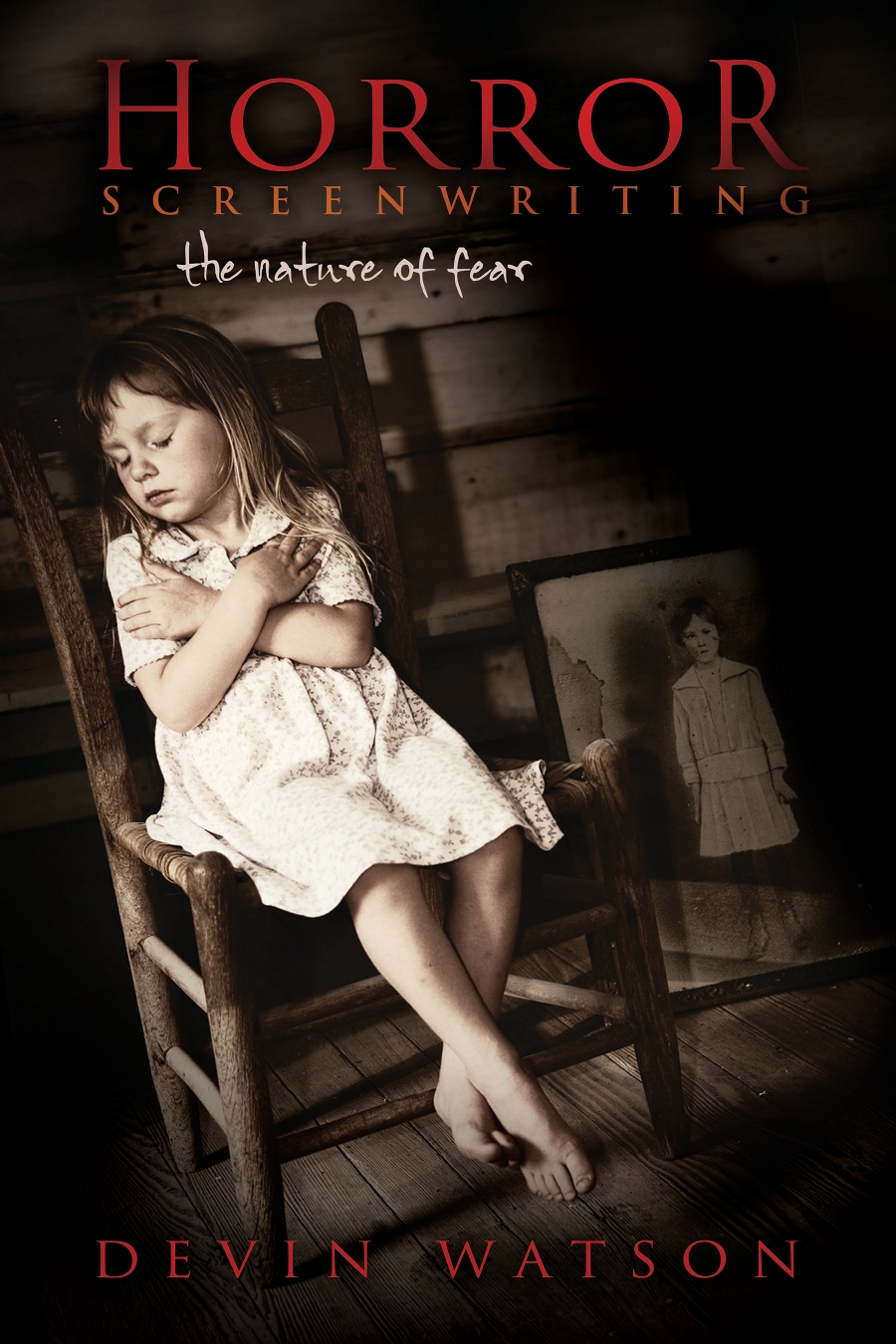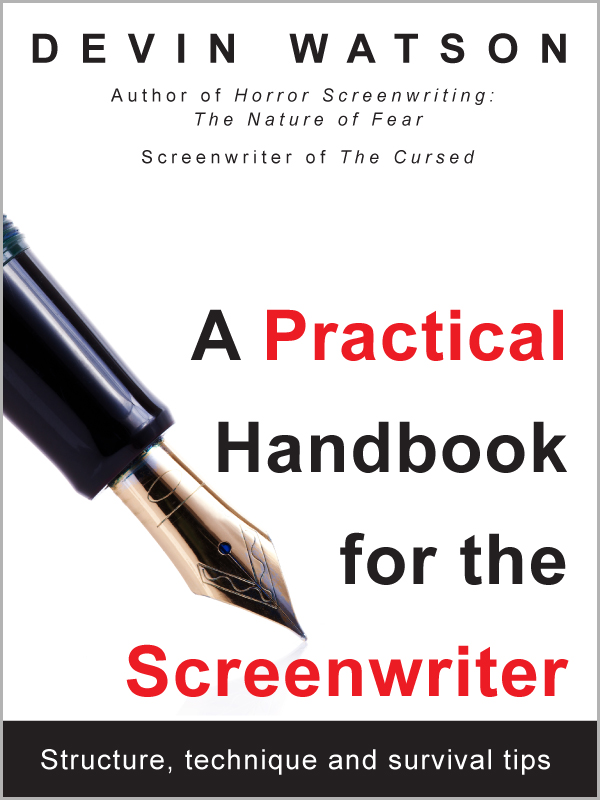As I am not in the oracle business, this can be taken as merely flights of fancy. Or, it can be seen as some logical guesses that will, inevitably, be off by some margin. Either way, it can be fun to do these thought experiments to see into the future. Without them we stumble around in the dark feeling our way along.
The principal foundation of this is the disruptive factor of technology, and the implications it can have for the film industry as a whole. Some of it is specific, some of it is more general. It is not a utopian forecast of what is to come.
Bear in mind that I came into this business with a background in computer science. Out of anybody out there, I am probably more of a closet Luddite than anyone you’ll find, since I spend my days in front of mulitple computers. Anything that can make that experience easier, less painful, quicker, and less prone to mistakes are what I look for and even try to develop to see what is possible.
Rifts and Stratifications
Filmmaking is now equal parts technology, creativity, and business. As the price of the technology goes to zero but the skill required to operate it competently goes up, a rift will form between those that are creative and those that are technological and those that are business-minded.
This can already be seen happening, so it’s not much of a stretch to see it go even further. Strong stratification may occur with lines drawn delineating those different jobs in pre-production, principal photography, post, and so on.
Many jobs will still be the same; the director will still have to have a clear and solid vision of what he wants to see. But if the director has a basic understanding of the underlying technology he will be able to communicate at a deeper level with the cinematographer, whose job will be much more on the technologist level.
James Cameron is a high-profile example of a contemporary technological director. Given his background in engineering, it’s no surprise that he goes at filmmaking and storytelling from that angle. There will most likely be more of them, but they must temper that knowledge with how to direct actors and work with crew. With shrinking budgets, I don’t foresee any more room for divas or their behavior on set. But that’s more sociological than technological.
Those that are creative and can also master the technology and business aspects are those that will be able to bridge the gap and call on others from these three main areas to make film. In a sense this is cutting a vertical slice down the strata of the various skillsets and utilizing them to the fullest.
This does not mean that one will have to choose a career path that limits them to their strata level. Technology is a powerful tool in this day and age for filmmakers of all stripes. For the DIY and independents, those hats of businessperson, creative artist, and technologist have to be worn simply due to lack of available options.
Distribution in the future will further level out as even more devices and methods of propagation of media are made available to the masses and means of delivery become easier and less expensive. I see some of it coming from both the grassroots and large companies. Needs and wants will be identified and one or both will try to fill those needs and wants. From a technological standpoint, it will mean that there will be an even more complex output process to get a film out to all of those platforms, but one that can be mitigated and even automated for every filmmaker out there even as I write this.
Social
Filmmaking is now starting to reach the masses itself in terms of participation. I foresee even large blockbusters in the future not being locked away by studios, but made available for anyone to participate in. Whether or not the stories are good or enteraining will remain to be seen. Niches we haven’t even dreamed of will appear. It’s entirely possible that there will exist a niche for every person out there.
That can be good and bad.
It can be good because it opens the filmmaker up to many more audience types out there, instead of the basic “18-25 year old male” points on a graph. Data on audiences and their likes, wants, needs, etc., will be much more fine-grained. It can be bad because it also creates the picture of a very fractionated moviegoing population.
What does that mean? It all depends on how you look at it. It means that a filmmaker could, in theory, make many smaller-budget films that entertain an audience. This may also drive studios crazy trying to figure out how to make a “one size fits millions” quarter-billion dollar blockbuster in their quest for larger and larger box office revenue to show the risk was worth it.
Tentpole movies will still be shown in theaters but I believe that with the current contraction in the number being made, larger theater chains may open themselves up for more product to be shown on their screens. Even by way of digital projection and delivery after sampling what is available on the indie and DIY market this makes it even more attractive because it cuts some major costs down for traditional prints.
Audiences and filmmakers will be able to connect with even more unprecedented levels of communication than even right now. I’m thinking of social communication on a global scale through the Internet that surpasses the current ecosystems of Twitter, Facebook, et. al.
I can see crowdfunding evolving into something that converges at some level with traditional film investing. This would bring it past offering rewards for donations into a pool of shared revenue over the long term. In order for larger pools of potential investors to participate in something on a bigger scale would also require making sure that the Blue Sky laws are not broken, and they may even have to be amended to take that into account. No small feat, I know.
However, the costs for making even a moderately complex feature film will not cost hundreds of thousands or millions of dollars in post-production CGI work requiring large teams. In fact, the trend now is to push as much as possible for as much as can be done with the least amount possible. The rest of this can wait for another post I’m working on.
Film Development
Even writers may not be immune to change. The venerable and time-tested standard screenplay format will still exist. If it ain’t broke, don’t fix it, right?
However, the way screenplays are developed, written, and visualized will change. Writers will have access to new tools that will allow them to write their scripts not just in the conventional “one word before the other” way but also in new ways that take unconventional approaches, such as using 3D tools to put together a scene that is then assembled as a script in the background.
What comes out isn’t necessarily a completed script, but about 80% of it fleshed out that the writer can then complete with much more ease. This also affords the ability of the screenwriter to show more than mere words on a page; he or she can show what is literally going on in their mind’s eye when they wrote it to producers and directors.
In a way, this is previsualization moving into a space it’s even better equipped for: the development of a visual story from the beginning. The tools would have to be so simple to use that you wouldn’t need a deep knowledge of 3D rendering to do it.
Exchange of information about film productions will be much more standardized and communicated. Transparency might be just a vestigial word to many in the business, but there is a rising trend that takes it quite seriously.
Legal
There will be (or already are) two major camps in the legal area: those that accept the fact that piracy is going to happen, and those that fight it with ever increasing amounts of money being funneled into armies of lawyers, PACs, and DRM that will continue to be broken or break right out of the gate for legitimate customers. Eventually this will come to a head, although when I cannot say with any certainty. But it is coming.
Peer-to-peer (P2P) technologies such as BitTorrent will be around for a long time to come and will continue to evolve. Distributed distribution of film, music, and anything else digital I believe will be a boon to those that embrace it, such as the case of Ink.
Without P2P, the level of exposure for that film would not have happened, and I think we’re on the edge of something new and exciting with it. Bandwidth and time are the only true limiting factors with P2P, and even that can be mitigated by the fact that thousands or millions of people donate both in small quantities that add up.
Lawmakers have a habit of playing catchup to anything, and rightfully so. If it’s not explicitly illegal, it’s implied to be legal in the United States. Our legal system will be playing catchup while all of this great innovation is taking place, and we would be remiss if we didn’t stay on top of those developments as they happen, in addition to what the new great lens package is from Zeiss.
Those who increasingly fight piracy in the belief that they will squash it will continue to chase their own tails and eat up more and more of budgets that could have been devoted to making more movies that people would enjoy. An interesting parallel is that of the video game industry. Ubisoft has been a stolid supporter of more and more draconian DRM measures, which have recently come back and bitten them in the behind. Their DRM methods were not allowing even their honest, paying customers to play their games, and even went so far as to blame it on a Denial of Service attack. However, some companies such as Blizzard seem to realize that it is a fight not worth getting into.
The Hyper-Intelligent Camera
Let’s face it: cameras are dumb. Even the most advanced cameras out there still require quite a lot of babysitting and attention to achieve what is needed in the frame. We push buttons, turn knobs, and adjust focus barrels after carefully measuring distances with a tape measure.
There is no need for that even now. This is something I have seen in my own mind coming for some time, and it doesn’t necessarily have to have a large price tag associated with it. Imagine a camera that was smart enough on its own to handle many of the laborious tasks we now do manually, even in a studio picture.
This camera would have no visible external buttons to speak of, save for power and manual override. It will retain the general shape we have now for cameras but will include many more standard ports utilizing existing standards such as XLR and HDMI for film, but also many others such as the next generation of USB and optical.
Flexibility and openness will be key; proprietary hoarding will only be retained by certain models and certain manufacturers. Open specifications for more than just communication busses will allow for further enhancements both in hardware and software. Complexity will reach a point where it simply cannot be maintained in-house and continue to allow for innovative enhancements.
Lenses, in turn, would also be smart. They would carry a chip on-board that would communicate using a common protocol what their enumerated features and values are to the camera. Attach the lens, and the camera queries the lens as to its abilities. This can then be relayed back, either by wireless or wired communication, to a handheld control unit. Think of something like an iPad, only much beefier.
In essence, the camera is then acting as a host controller to the myriad components and accessories inside and out, constantly monitoring and assessing values to make sure they conform to the desires of the cinematographer and director. It is also aware of its own limitations, giving bounds on how far it can operate with the lens attached, media inserted, etc., and can act autonomously well in advance of exceeding those bounds faster than a human could react.
Need to pull focus? Simple. A laser rangefinder wired into the camera can determine distances down to the millimeter. Point the camera at your target and test range. This information can then be used by the camera, in conjunction with the smart lens, to automatically adjust and conform to the needs at hand.
Dynamic follow focus would be achieved with the use of infrared dots on wardrobe, unseen by the human eye, but visible with an IR sensor built into the camera. The camera operator can identify certain dots to be of value to them in the scene, and the camera will operate within the abilities given by the lens’ chip and the changing operational parameters of where the target is located. This can all be done in-camera without the need for intervention, although manual override can be given at any point.
Rack focus can be a messy affair prone to repeated mistakes. With this kind of a camera, it would not be. A rack focus can be set up in advance and sent to the camera as a set of commands from again, a wireless or wired tablet computer. This can be done through a graphical user interface showing how fast of a ramp you want, what the starting and ending lens positions should be, and how long the whole event should take. The camera then follows it to the letter.
A digital slate can be called up from memory as well and fed directly into the video stream. Internal counters for scene number, take, etc., can be used to mark this slate. Counters could then be easily reset by the operator using the wireless interface system.
Sound, of course, would also have to be sent out but that’s not a problem either. A small (and inexpensive) sound generator chip can transmit pulses at a predetermined frequency or frequencies either through the on-board mic system, or through an external output feed.
Could you still go manual? Of course. Just turn the camera over into one of its different manual modes, giving as little or as much control as needed over the various aspects of operation.
Sound more complicated than it is now? Not really. The advantage you gain by having this kind of control is in the interface to the camera operator. The operator will be able to control and manipulate the camera at a level previously unheard of, as well as the cinematographer. Previsualization data could also be fed right into the camera to tell it what they want for each shot and each scene.
This makes the camera like another member of the crew. It can take many of the time-consuming and complex tasks and cuts them down into trivial matters.
Camera Motion Unit
When we think of camera movement in film, we think of the operator lugging it around on a shoulder mount, attached to a jib or crane, or dolly tracks. Certainly all of these movement methods are great and serve their own purpose, but I foresee something that melds the properties of many of these different systems together: the Camera Motion Unit.
Recall above the hyper-intelligent camera. It would not be a stretch to move that kind of intelligence or programming into the realm of motion as well.
The CMU would utilize a pressure-sensitive plate that the camera attaches to. The weight of the plate is tared out automatically and the unit would then compensate for the camera on the arm by counterbalancing. The camera would then be on a fluid head which would give freedom of movement in a full 360-degree turn.
A long arm with counterweights would not be necessary in this case. The CMU would utilize resistance bands similar to a Bowflex, and the unit would constantly monitor tension to ensure that the camera does not accelerate to the floor and crash.
Movement can then be performed manually with something as simple as a game controller, joystick, or a pre-defined series of movements for motion control sent to the unit. Damage avoidance is easily maintained using well-tested IR sensors mounted on all portions of the CMU and programmed to stop when a barrier is encountered such as a human, wall, rock, or whatever.
LED Cluster Lighting
Light-emitting diodes (LEDs) have been around for a long time, and they continue to improve. The film industry has taken notice of it as of late, but the full harnessing has yet to take place.
LEDs overcome many of the current limitations of film lighting. They are inexpensive, emit no heat, use very little power, and last practically forever. Couple that with the fact you can now get LEDs in a multitude of color temperatures and intensities and you have something that is quite attractive.
Imagine not needing to hook your lights up to a big generator to feed them copious amounts of juice. Also imagine not flash burning anything within a five-foot radius of the light. A grip could turn the light off and pick it up immediately for loading too, instead of leaving them to cool off. Striking a set could be done that much quicker.
But that describes where it is right now. LEDs that come in large clusters built into the traditional paint cans with barn doors that you would associate with big studio lights, powered by rechargable battery packs that go for hours and hours. Here’s where it gets smart. This can be done now by anyone with a soldering iron, some elbow grease, and a some knowledge.
By adding in a few inexpensive sensors and controller board, you can send commands to the lights themselves wirelessly and also receive information back as to their state. Tell them to dim 5%. Done. How much battery life is left in that unit sitting twenty feet in the air? 90% charged. All brought back in to that same control interface for the camera operator, or from a separate one controlled by the cinematographer, or wherever. The sky’s the limit.
As I said, this can be done now by somebody in their garage with some time and know-how and little bit of money. The controller could be an Arduino with an XBee wireless unit, and a few sensors that read temperature, battery state, dimmer settings, etc. Couple that with a nice touch interface on a tablet or even a laptop GUI for two-way communication with all of them en masse or separately and you have something truly powerful.
I had more, but…
There was more that I had wanted to write about but I realized this was more than enough for a first bite. More to come in future posts.
2 thoughts on “Prognostications on Film”
Comments are closed.






Took a while to get through (DERP) but quite the interesting read!